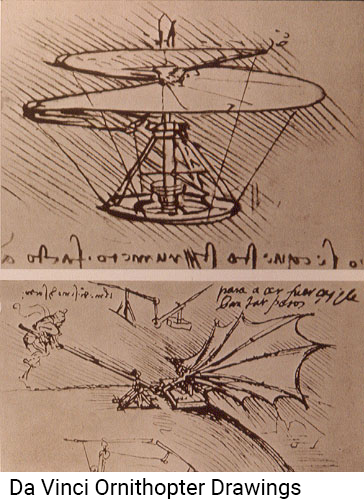Paper Airplane History
Paper Airplane History
It is generally believed that the Chinese were the first to build Paper Airplanes and kites out of papyrus paper around 2000 years ago. Since the Chinese were early innovators and invented paper “as we know it today”, it follows that they would be among the first to find creative uses for the new substance.
One of the more interesting early uses of paper for flight occurred in France during the 1700s. The Montgolfier brothers used paper to build hot air balloons. Later they used paper lined cloth to build the first human carrying hot air balloons in 1783.
Leonardo Da Vinci wrote of using parchment in building models of his ornithopter (helicopter).

During the early 1900s Aero magazines published several articles using paper airplane models to demonstrate aerodynamic principles. The Wright brothers reportedly use paper planes, wings and airfoils in wind tunnels as part of their quest to build the first powered human carrying airplane. In the 1930s an English business man named Wallis Rigby brought his paper modeling company to the United States. His models were famous internationally for their “tab in slot” construction. The models were published in books, boxed sets and even in the Sunday morning comic strips.
During the 1930s Jack Northrop of the Lockheed Corporation used several paper models of planes and wings as test subjects for larger production aircraft.
During World War II governments around the world restricted the use of many materials necessary for the war effort. Wood, plastic, metal and other materials could no longer be spared for toys. Paper on the other hand was available and became a popular material for toy making. Consequently paper modeling became popular. In 1944, General Mills would reportedly send you 2 model paper airplanes for two Wheaties box tops and 5 cents. The models were of current World War II fighter airplanes like the Curtis P-40 “Flying Tiger”, the Japanese “Zero”, the British “Spitfire” and the German “Focke-Wulf”. There were 14 models in all.
After the war ended the popularity of paper models declined as the restrictions on materials was eased. In many Eastern block countries the popularity of paper planes continued because of the difficulty of getting affordable models in those countries.
Today, Paper airplanes are still popular in school yards, parks and gymnasiums across the world.
